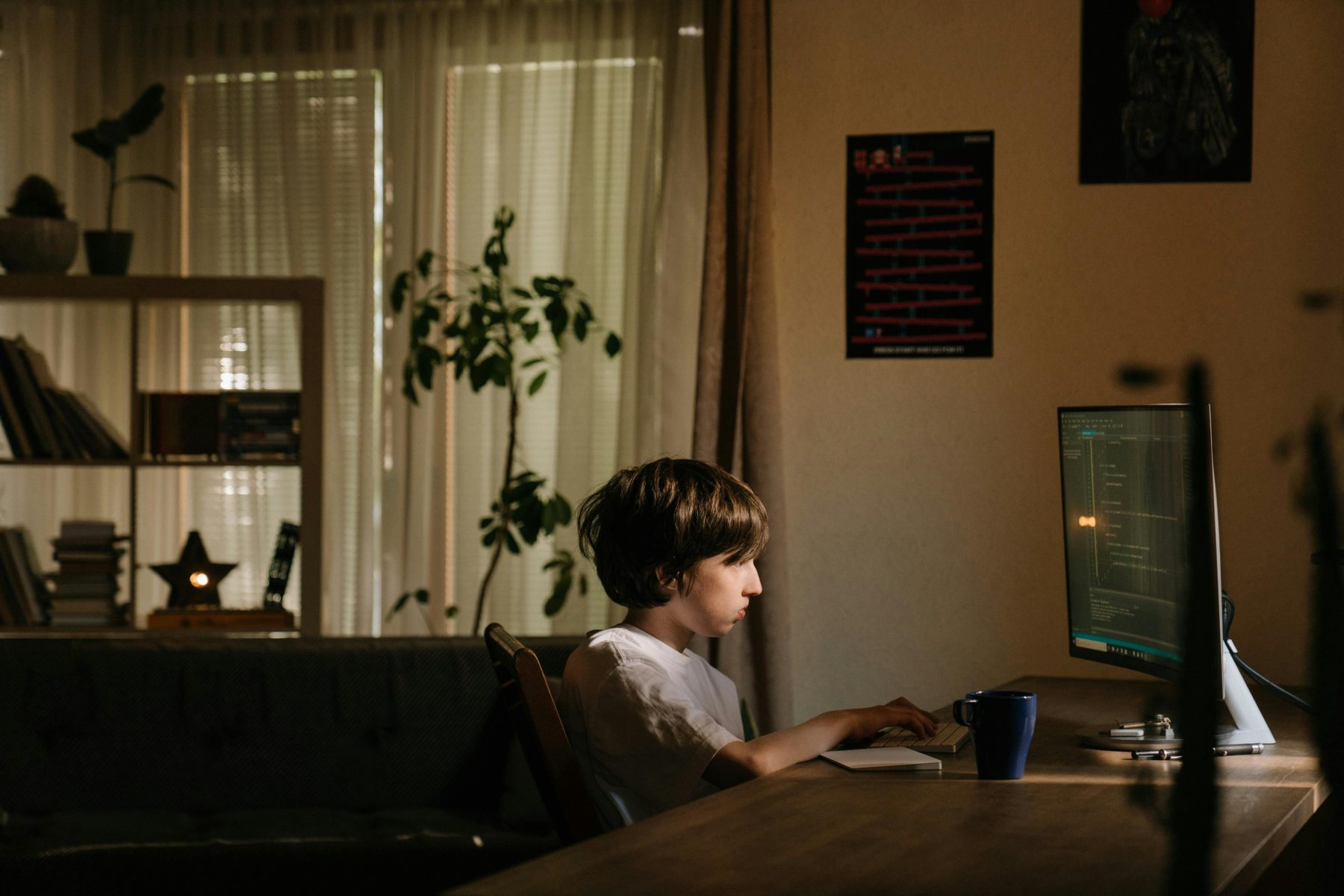
Like me, you’re probably wondering what ‘gamification’ entails.
Well, it’s exactly what it looks like: it blends elements of gaming with educational content.
As the world becomes increasingly tech-savvy and tech-based from primary school level onwards (according to research, nearly a quarter of all 6-year-old children living in developed countries have a smartphone), we need to rapidly modify our approach to learning.
One way in which this can be done is through employing educational ‘games’ on smart devices, below are a couple of examples I have stumbled across, and that you might want to know more about…
SplashLearn
This is one of the most popular game-based learning apps, typically for early years.
It covers foundational maths and reading skills and offers interactive games which cover a variety of skills such as critical thinking, motor skills, creativity and problem-solving.
SplashLearn is also highly personalised as it learns off responses and scores in tests and creates personalised, individualised learning programmes for each student, ensuring its learning is adapted to each individual’s learning pace, ensuring a challenging, yet supportive learning environment.
Coding Adventure
This is by far the most future-driven educational learning app I have seen so far, and it entails a fun method of teaching children basic to fairly advanced level code.
This game operates through a storyline with different characters, and anyone playing the game has to help the characters in the storyline by writing code.
It helps build logical thinking and problem-solving skills, as well as featuring personalised learning paths and real-time feedback.
These are really fascinating developments in the ed-tech/AI-based learning sphere, and are helping transform the way we learn, especially from an early age, and quite frankly I am a bit jealous that these things weren’t around when I grew up! If only…
Further Reading: Gamification and Game-Based Learning (University of Waterloo, London)
